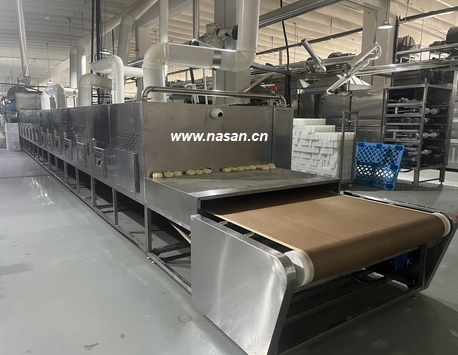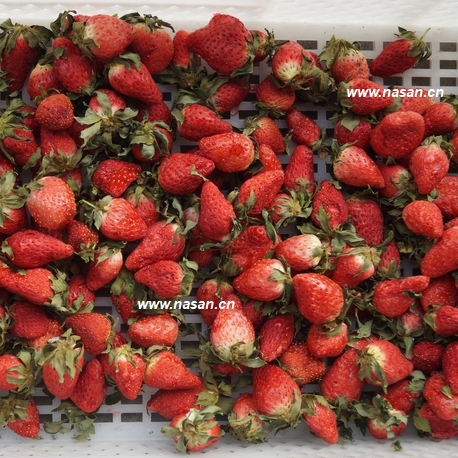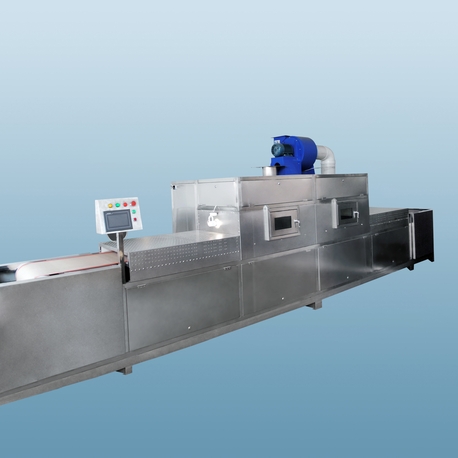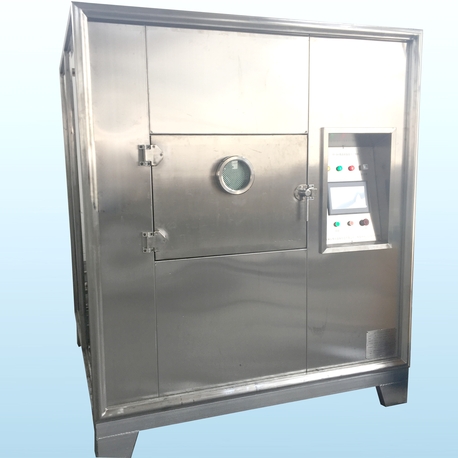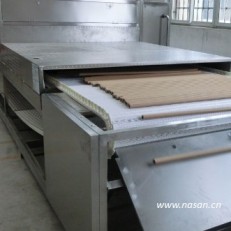Selecting the right industrial drying oven is far from a simple purchase; it's a strategic decision that directly impacts production efficiency, product quality, and operational costs. Whether you're in pharmaceuticals, food processing, coatings, or composites, the core function remains the same: the precise and efficient removal of moisture or solvents from a product. However, the path to achieving this varies dramatically based on your specific needs. This guide breaks down the seven most critical factors to consider, moving beyond basic specs to ensure you invest in a system that becomes a true asset to your operation.
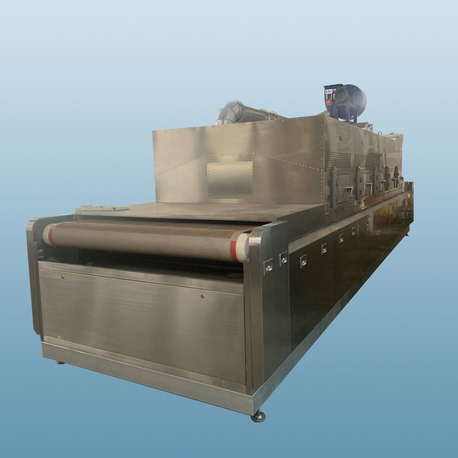
Understanding the Core Technology: What Is a Drying Oven?
At its heart, an industrial drying oven is a thermally insulated chamber that uses convection, radiation, or vacuum technology to elevate the temperature of a product, thereby accelerating the evaporation of moisture or other liquids. Unlike a simple heater, a well-engineered industrial drying oven provides controlled, uniform, and repeatable heating conditions. This is crucial for processes where a few degrees of variation or a minor hotspot can compromise an entire batch, leading to significant financial loss. The fundamental technology may seem straightforward, but the engineering nuances separate a standard oven from a high-performance industrial drying system.
Key Factor 1: Temperature Range and Uniformity
The first and most obvious specification is temperature range. But the more critical, and often overlooked, metric is temperature uniformity.
Range: You must select a drying oven with a maximum temperature that comfortably exceeds your process requirements. If your process requires 250°C, choosing an oven rated for 250°C max leaves no margin for error and will stress the components. Aim for a unit with a range 25-50°C above your standard operating temperature.
Uniformity: This is the golden metric. It refers to the temperature variation across the entire workspace during operation. A high-quality industrial drying oven will advertise a tight uniformity, often ±2°C to ±5°C of the setpoint. Poor uniformity means some products are under-dried while others are over-dried or degraded. Always ask for a certified temperature uniformity survey from the supplier.
Key Factor 2: Airflow Design: Gravity vs. Mechanical Convection
How heat is moved around the chamber is a primary differentiator in drying oven performance.
Gravity Convection: Relies on the natural rise of hot air. These ovens are simpler and less expensive, suitable for low-temperature applications or drying powders that could be blown away. However, they suffer from poor temperature uniformity and slow heat recovery.
Mechanical Convection (Forced Air): Uses a motor-driven blower to actively circulate air throughout the chamber. This is the standard for most industrial drying applications. It ensures faster heat-up times, superior temperature uniformity, and more efficient moisture removal. For most manufacturing environments, a mechanically convected drying oven is the only viable option.
Key Factor 3: Chamber Size and Load Configuration
An undersized oven creates a production bottleneck, while an oversized one wastes energy and floor space.
Capacity: Consider not just the physical dimensions of your product but also the trolleys, racks, or trays they will sit on. Ensure there is ample space for air to circulate around the entire load. A common mistake is packing the chamber too tightly, which disrupts airflow and defeats the purpose of a uniform drying oven.
Internal Configuration: Look for flexibility. Adjustable shelves, different cart and truck options, and custom racking systems can make a single drying oven adaptable to multiple products or process changes.
Key Factor 4: Construction Materials and Durability
The operating environment and process chemicals dictate the required construction.
Interior: For high-temperature or corrosive environments, a stainless steel drying oven is essential. Type 304 stainless is common for general purposes, while Type 316 offers superior resistance to chlorides and acids. Galvanized steel interiors may be suitable for benign, low-temperature environments but are less durable.
Insulation: High-density mineral wool insulation is standard for efficient thermal performance. The thickness of the insulation impacts both energy efficiency and the coolness of the oven's exterior, an important safety consideration.
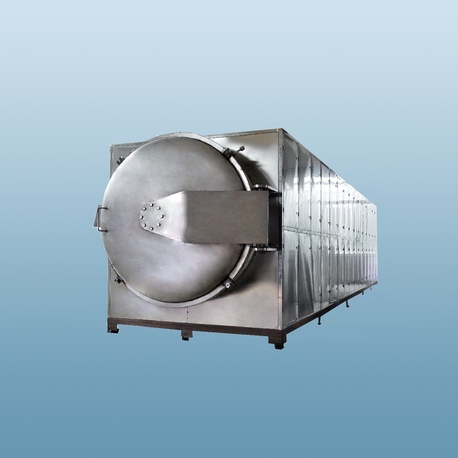
Key Factor 5: Control System and Data Logging
The control system is the brain of the industrial drying oven. Modern units offer far more than a simple dial.
Controller Type: Basic analog controllers are being phased out in favor of digital PID (Proportional-Integral-Derivative) controllers. PID controllers provide precise temperature control by automatically adjusting the heat output to prevent overshooting and cycling, ensuring a stable process.
Data Logging: For industries with strict quality control and traceability requirements (like aerospace, medical, or food), a drying oven with built-in data logging is non-negotiable. This feature records the entire thermal profile of each cycle, providing proof of process compliance for audits and quality assurance.
Key Factor 6: Energy Source and Efficiency
The long-term running costs of a drying oven are heavily influenced by its energy source and design efficiency.
Electric vs. Gas: Electric drying ovens are clean, easy to install, and offer precise control, making them ideal for most laboratory and light industrial settings. Natural gas or steam-powered ovens have lower operating costs and are preferred for very high-temperature, continuous industrial drying applications where gas is readily available.
Efficiency Features: Look for features like high-efficiency insulation, modulated burners (for gas), and variable-speed fans. These reduce the energy consumption of the industrial drying system over its lifespan, providing a significant return on investment.
Key Factor 7: Safety, Compliance, and Certifications
An industrial oven is a high-energy device and must be designed with safety as a core principle.
Safety Features: Standard features should include over-temperature protection (a separate, redundant thermostat that cuts power if the primary controller fails), airflow safeties (to shut down the heater if the fan fails), and door interlocks.
Compliance: Ensure the drying oven is built to relevant international or national standards, such as UL, CE, or ASME. If your process involves solvents, you will require an explosion-proof drying oven designed to contain any internal ignition.
Common Applications for Industrial Drying Ovens
The versatility of the industrial drying oven is seen across sectors:
Curing: Drying and cross-linking paints, coatings, and inks on components.
Dehydration: Removing moisture from food products, chemicals, or pharmaceuticals.
Annealing: Relieving internal stresses in metals or plastics.
Pre-heating: Bringing materials up to temperature before further processing.
Bonding: Activating adhesives in composite materials and assemblies.
Choosing the right industrial drying oven requires a careful balance of technical specifications, operational needs, and long-term business strategy. By systematically evaluating these seven factors—temperature control, airflow, size, construction, controls, energy, and safety—you can move beyond a simple equipment purchase and select a robust industrial drying system that delivers consistent results, minimizes downtime, and provides value for years to come.
Drying Oven Frequently Asked Questions (FAQ)
Q1: What is the main difference between a drying oven and an incubator?
A1: While both provide controlled heating, a drying oven is primarily designed for removing moisture and typically operates at higher temperatures with more aggressive airflow. An incubator is designed for maintaining precise, often lower, temperatures and humidity levels for growing biological cultures, with gentler airflow to prevent desiccation.
Q2: How often should I calibrate my industrial drying oven?
A2: The calibration schedule depends on your industry's quality standards and the criticality of the process. For most rigorous applications, an annual calibration by a certified technician is recommended. However, many facilities perform quarterly or monthly verification checks using independent calibrated thermometers to ensure the drying oven remains within specification between full calibrations.
Q3: Can I use a standard drying oven for materials that release solvents?
A3: No, this is extremely dangerous. The vapors from solvents can form explosive mixtures with air. For such applications, you must use a specifically designed explosion-proof drying oven. These ovens are built with components that prevent any internal electrical spark from igniting the vapors and are constructed to contain an explosion should one occur.
Q4: Why is the recovery time of a drying oven important?
A4: Recovery time refers to how quickly the oven can return to its set temperature after the door has been opened and a cold load has been introduced. A slowa recovery time extends the overall cycle time, reducing throughput. A drying oven with a powerful heating system and efficient airflow will have a fast recovery time, making your process more efficient and consistent.
Q5: What routine maintenance does a mechanical convection drying oven require?
A5: Regular maintenance is key to longevity. The most critical task is keeping the interior clean to prevent contamination and fire hazard. You should also periodically inspect and tighten electrical connections, check the door seal for integrity, and listen for unusual noises from the blower motor and fan bearings, which may need lubrication or replacement over time.


